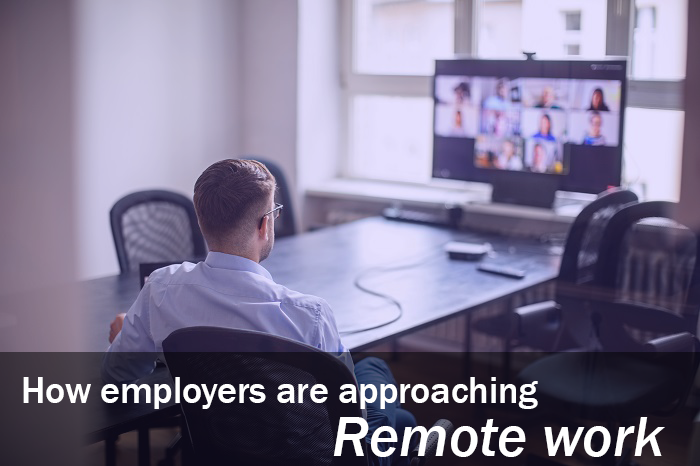The “Future of Work” has rightly become a hot topic over the past year as the COVID-19 pandemic has accelerated the digital transformation and disrupted whole industries.
But the phrase risks lulling employers into a false sense of security that time is on their side. The fact is that the future of work is already upon us, and the way that companies react right now will be perhaps the biggest factor in deciding whether they emerge as a winner or loser in the coming years.
The pandemic has brought forward a moment of truth for companies on how they treat their most valuable resource–their people. Those that try to persist with traditional, non-digital practices will inevitably fall behind the smarter players that seize the moment to adapt their workforce practices and re-imagine their talent pipelines.
The good news from a recent survey is that 1 in 5 talent leaders said it was their responsibility to provide training and reskilling opportunities for workers. The less good news is that only 1 in 5 said they were doing it.
The rise of automation
Nearly every job is going to change, and many profoundly so. Jobs in manufacturing, hospitality and retail are particularly vulnerable to the rise of automation. The post-pandemic world of physical distancing, greater reliance on digital tools and changing customer behaviors and expectations will change the demands on virtually every worker.
In this environment, employers need to invest meaningfully in both the upskilling and reskilling of workers in order to minimize disruptions and equip their workforce to stay competitive.
Related: 3 ways upskilling can boost the post-COVID economy
Not knowing the exact shape of future jobs in a particular industry isn’t a good excuse to avoid taking action. We already know that certain skill sets are going to be at a premium for virtually every job. Perhaps the two most crucial ones that employers can start investing in now are digital literacy and soft skills.
- Get on the digital train
One thing that every employer should be doing now is integrating digital literacy into its workforce, even if it’s only in bite-sized pieces.
Swaths of workers–ranging from bartenders to supermarket shelf-stockers and factory-line workers–who didn’t need many digital skills in the past will be left behind if they don’t have at least a basic level of digital literacy.
Employers in these areas should be directing their HR and learning departments to find ways to provide entry points for their workers to learn digital skills.
That could be through baby steps such as adopting internal social media networks or other communication channels, which have the added benefit of improving collaboration and peer-to-peer learning. Or it could be introducing phone-based apps into employees’ daily work.
Walmart saw the light on this several years ago, reversing a previous ban on employees bringing their cellphones to work and encouraging them to use their phones to check inventory and prices, scan products and perform other work tasks.
Robots and AI aren’t coming for all jobs. Mostly they’ll be doing the simple, repetitive tasks. But that’s going to put a bigger premium on workers who have the emotional skills necessary to work well within teams, connect with others and express themselves effectively. Soft skills are becoming the new hard skills.
2. Invest in your people
Employers can help strengthen emotional intelligence, otherwise known as emotional quotient or EQ, in their workforce through training programs and by encouraging honest feedback on employees’ strengths and weaknesses in this area. Employees may also need support in adapting their soft skills to the digital arena, whether that’s through improving their effectiveness on Zoom calls or learning how to close sales deals virtually.
Re-tooling the workforce for the digital world requires a fundamental change in how companies view their employees as an asset. Their future expertise and abilities should be a target that’s every bit as important as top-line revenue and net profit. After all, they are the ones who will have to deliver those financial results.
This approach may require steps that seem risky by traditional standards, such as allowing employees to spend time in different job roles or giving them time on the job to learn a new skill.
But investing in a dedicated long-term worker is likely to be less costly in the long run than losing him or her. Learning departments need to remain agile and business-focused and to think carefully about their delivery of skills training in terms of what is most effective. Learning delivered in bite-sized, fun ways that are less rigid than traditional methods are also becoming more common and expected by the learning consumer. And, they are more likely to increase comprehension and be applied on the job more quickly.
Any company questioning the value of investing in their workers in this way should also consider how it affects their attractiveness as a place to work. Workers–especially the younger generation–increasingly view skills development in a job as being as important as a good salary and healthcare.
Employers who can present themselves to their employees as true career partners willing to invest in their people can become a magnet for talent and give themselves a key competitive advantage.




